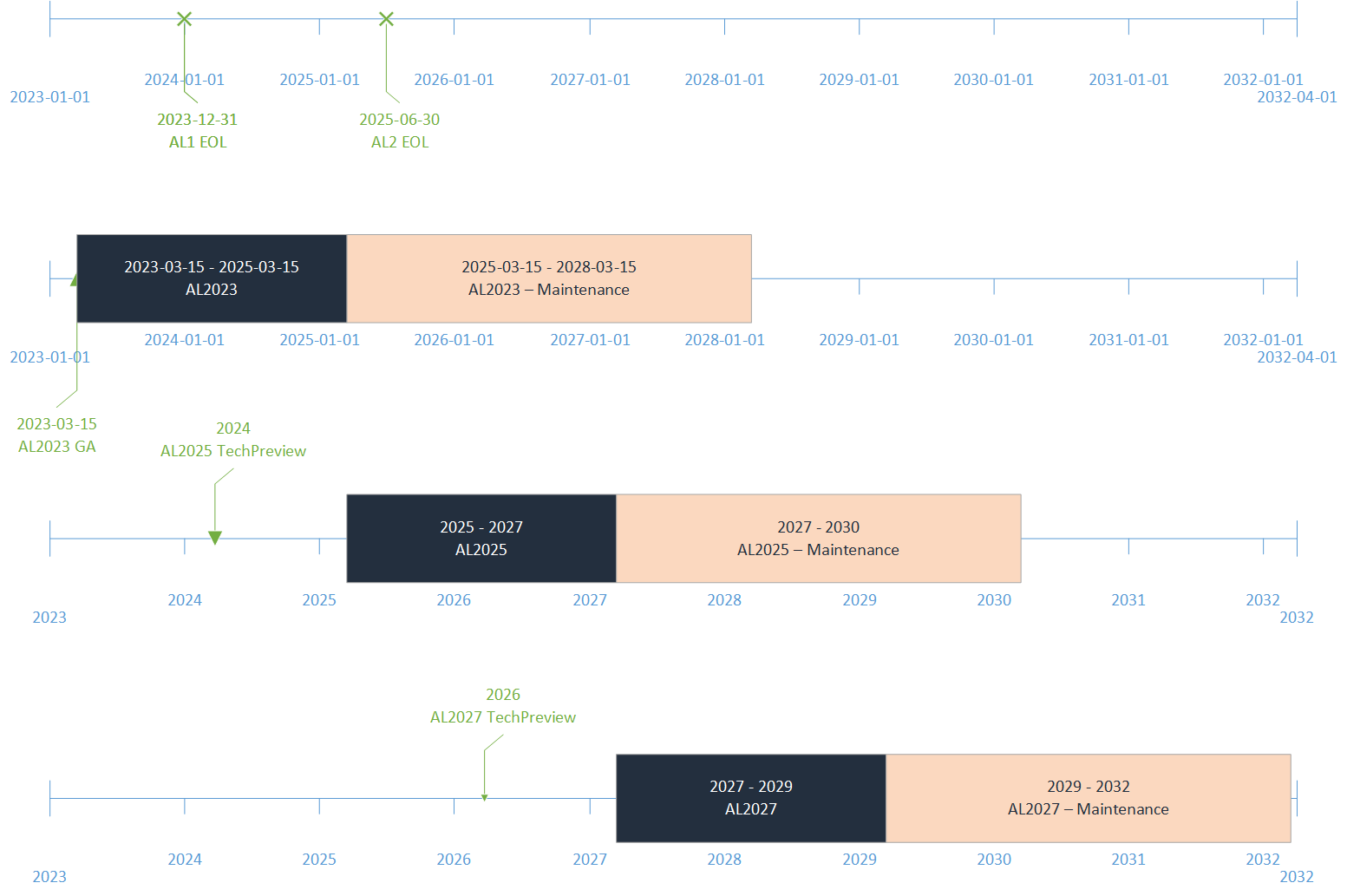Recently, AWS announced the general availability of Amazon Linux 2023 (AL2023), a third-generation distribution with a high-security standard, predictable lifecycle, and deterministic updates.
The company released the first cloud-optimized Linux distribution in 2010, followed by a second called Amazon Linux 2. With AL2023, customers can expect a predictable two-year major release cycle and long-term support, frequent and flexible updates, improved security posture with features such as SELinux, kernel live-patching (x86-64 and ARM), OpenSSL 3.0, revised cryptographic policies, deterministic upgrades with versioned repositories, kernel hardening, and more.
There are several differences between Amazon Linux 2 and AL2023. One of the most important differences is that Amazon Linux 2 offers long-term support until June 30, 2023, while AL2023 has a predictable two-year major release cycle and long-term support.
Furthermore, AL2023 provides customers with deterministic updates through versioned repositories, a flexible and consistent update mechanism. Sébastien Stormacq, a principal developer advocate at AWS, explains the feature in contrast to Linux 2:
The distribution locks to a specific version of the Amazon Linux package repository, giving you control over how and when you absorb updates. By default, and in contrast with Amazon Linux 2, a dnf update command will not update your installed packages (dnf is the successor to yum). This helps to ensure that you are using the same package versions across your fleet.
Customers wanting to leverage AL2023 can use the EC2 run-instances API, the AWS Command Line Interface (AWS CLI), or the AWS Management Console, and one of the four Amazon Linux 2023 AMIs that AWS provides – which support two machine architectures (x86_64 and Arm) and two sizes (standard and minimal):
- arm64 architecture (standard AMI): al2023-ami-kernel-default-arm64
- arm64 architecture (minimal AMI): al2023-ami-minimal-kernel-default-arm64
- x86_64 architecture (standard AMI): al2023-ami-kernel-default-x86_64
- x86_64 architecture (minimal AMI): al2023-ami-minimal-kernel-default-x86_64
AWS also distributes Amazon Linux 2023 as Docker images from Amazon Elastic Container Registry (Amazon ECR) and Docker Hub. These images are built from the same software components included in the Amazon Linux 2023 AMI.
Ro'i Bandel, a DevOps engineer, concluded in a medium blog post:
Amazon Linux 2023 is an exciting new release. There are many things to like about it, including the new Fedora base, updated packages, improved performance, and security. However, because of the many breaking changes, it is not an easy upgrade to recommend for existing Amazon Linux 2 users. The limited package availability also makes it not suitable for some workloads, which might still be better served by other popular AMIs (such as Ubuntu).
Amazon Linux 2023 is available in all AWS Regions, including the AWS GovCloud (US) and the China Regions. More details are available in the documentation pages and FAQs.
